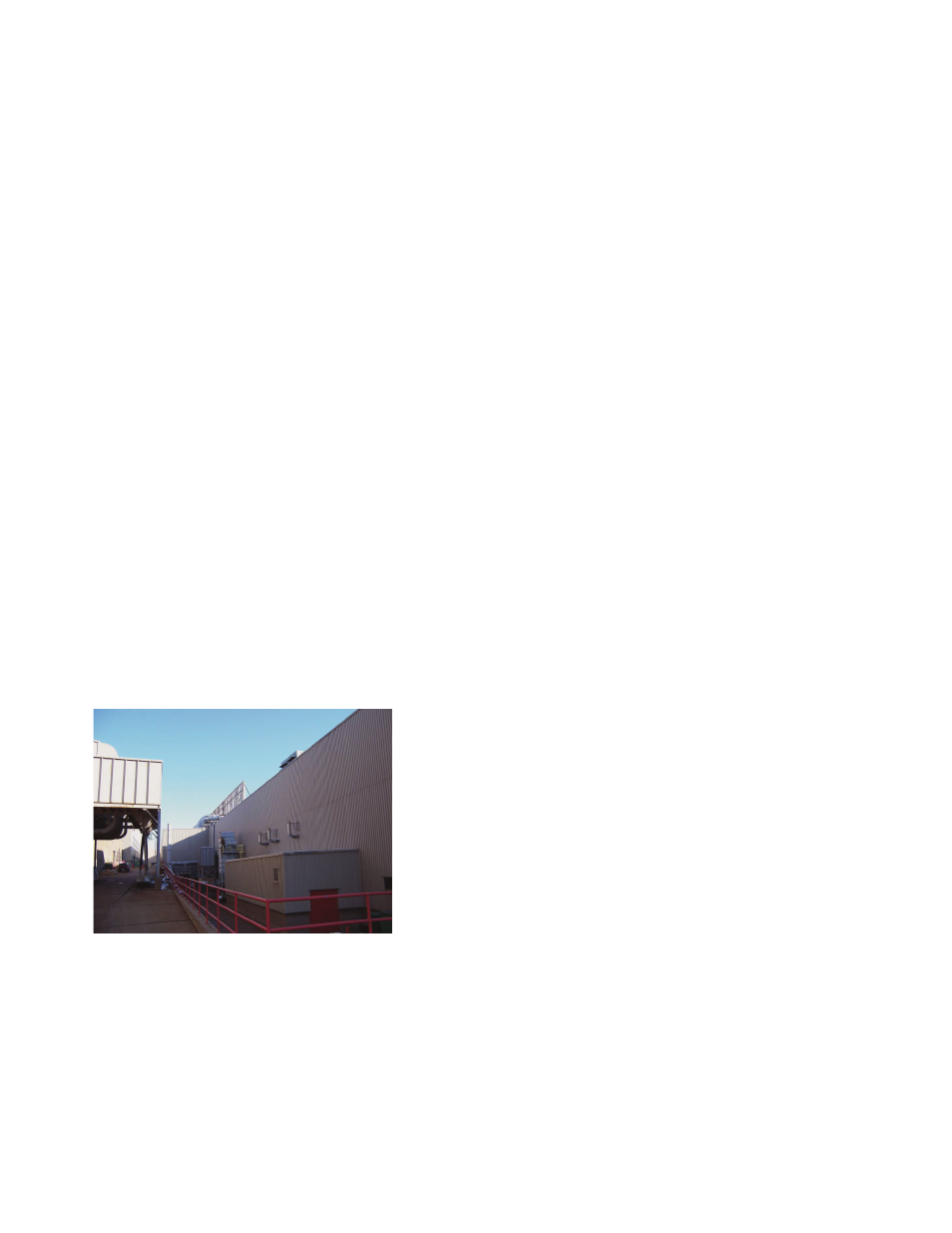Retrotec USACE User Manual
Page 151

Appendix D D21
D.2.1.7 Process Ventilation Systems That Operate Continuously
with the Process Turned Off (Waste)
Ventilation systems are used to control emissions from processes, so when
the processes are operating, the ventilation system must be on. There are
normally two parts of a ventilation system: the process exhaust equipment
and the supply air system that provides the makeup air for the exhaust equip-
ment. Often the ventilation system continues to operate even when the pro-
cess that it supports is turned off. This is because the two are not interlocked
and the process operator forgets to turn off the ventilation equipment after
the process is shut down. At times the ventilation system must purge the pro-
cess area for some time after the process stops; the length of time is a matter
of judgment. This situation requires the operator to remember to turn off
the ventilation system in a timely manner if there are no controls to do so.
Even if the exhaust equipment is interlocked with the process, the supply air
system normally is not. As a result, the extra supply air will continue to be
supplied until something changes its mode of operation. Running the ven-
tilation system longer than necessary wastes fan motor energy and requires
extra energy for tempering the additional supply. A tour of the industrial
facility, especially on the weekend or during a shift when the production
equipment is not operating, will help identify ventilation systems that are
operating without reason.
D.2.1.8 Central Exhaust Ventilation System Connected to
Multiple Hoods Operate at a Constant Air Flow with a Diverse
Manufacturing Process: Contaminant Emission Occurs at Less
Than 75% Working Places Simultaneous (Waste)
Figure D36. Dust collector for a welding
operation.
In industrial facilities hosting such process as plating, welding, and machin-
ing, workplaces are equipped with local exhausts connected to a central ex-
haust system (e.g., Figure D36). Typically, the central system operates with
a constant air fl ow rate designed to satisfy all local exhausts at their maxi-
mum (design) capacity. With a batch production, some of the workplaces
are used only occasionally—for example, places where workers normally
combine contaminant-emitting processes with material handling. In such
